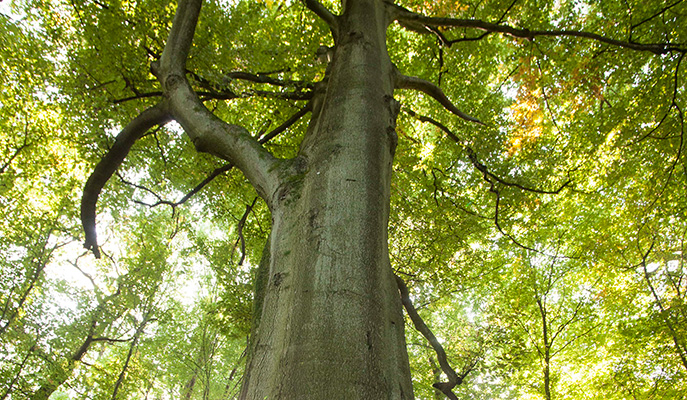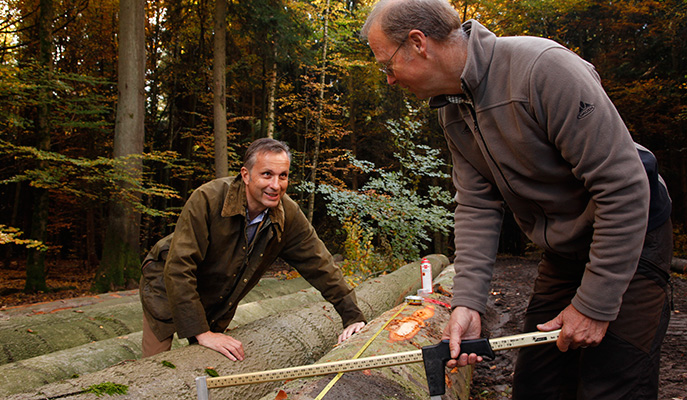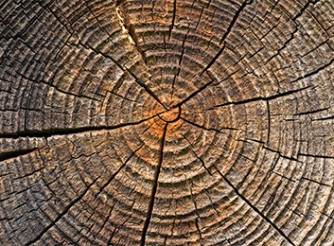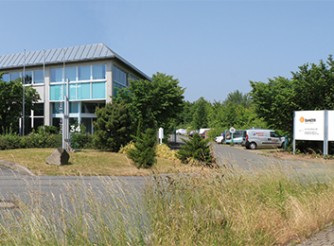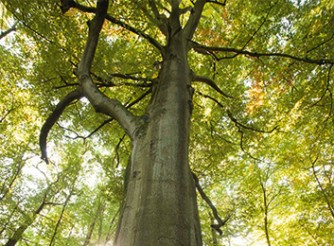Bringing the Valuable Hardwood Resource to Its Best Use
Most people like wood and the authenticity and natural beauty of wooden products.
Many steps are necessary before a piece of hardwood furniture can be brought in corporate offices or people’s homes.
If you want to learn more about the production steps that result in a primary hardwood product like a strong board of Ash lumber or a beautiful sheet of Walnut veneer: Read on.
Mother Nature takes care of the most important part
The first 80 years of production take place in the forest, without any help from mankind. Mother Nature has developed a perfect design that makes wood the material of choice for many decorative and structural applications.
Good forest management provides the right environment for trees to thrive naturally.
Careful selection of logs
Only a few trees have the properties needed for decorative purposes. That’s why Danzer’s business is highly selective by nature. Only a very small portion of a timber harvest (1-5%) can be made into veneer and only slightly more into lumber.
Some of the most important decisions determining the final product quality are made by our experienced procurement team, already when selecting the right logs in the forest.
Careful selection of logs
Only a few trees have the properties needed for decorative purposes. That’s why Danzer’s business is highly selective by nature. Only a very small portion of a timber harvest (1-5%) can be made into veneer and only slightly more into lumber.
Some of the most important decisions determining the final product quality are made by our experienced procurement team, already when selecting the right logs in the forest.
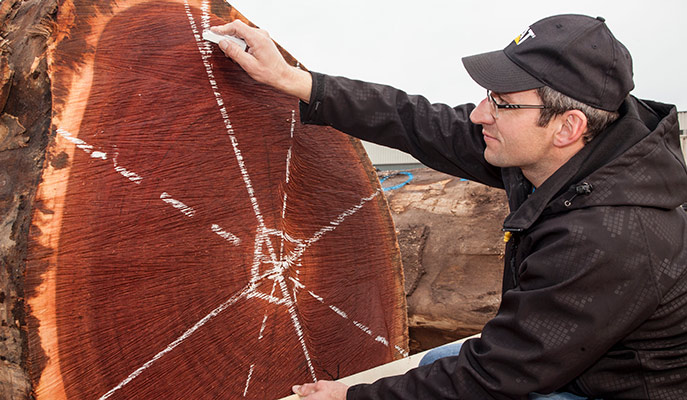
Decide best use
Once the wood has arrived at the mill, hardwood producers have to decide the best use for every piece of timber.
In order to maximize the value from the resource, Danzer experts classify each log with great care; and with their deep knowledge, they also make sure that each log is cut the best way.
Prepare for cutting
Prior to making the first cut, hardwood logs are being debarked and – if prepared for slicing - cooked.
Workers’ experience and high-quality machinery ensure minimal waste in the debarking process.
Cooking the logs makes them softer for easier slicing; cooking times and temperatures are a trade secret kept by all hardwood producers, as it not only eases the production process, but also influences the appearance of the final product.
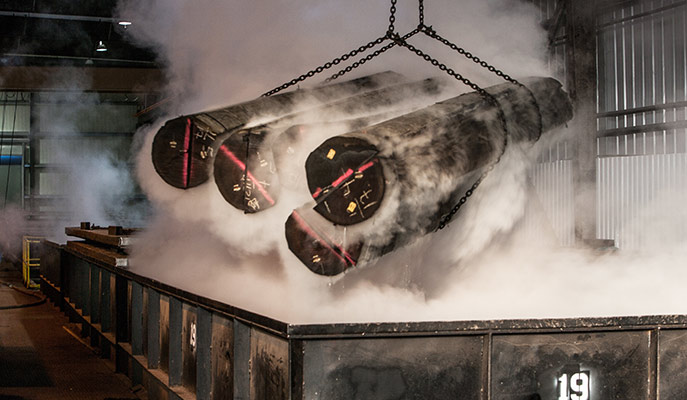

Prepare for cutting
Prior to making the first cut, hardwood logs are being debarked and – if prepared for slicing - cooked.
Workers’ experience and high-quality machinery ensure minimal waste in the debarking process.
Cooking the logs makes them softer for easier slicing; cooking times and temperatures are a trade secret kept by all hardwood producers, as it not only eases the production process, but also influences the appearance of the final product.
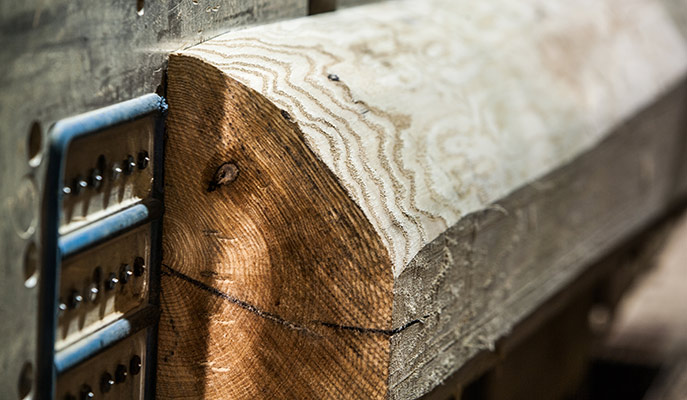
The Primary Cut
Cutting hardwood lumber or veneer aims at maximizing the value from each log. Cutting technologies are slicing, peeling or sawing. The quality of the machinery in operation and the expertise of the people working at a mill will heavily influence the value of the turn-out.
To ensure a high-quality product and the optimal use of the hardwood resource, Danzer’s experienced and well-trained production teams use the latest technology, including log scanner, curve saw, and our proprietary best-in-class Danzer VS4000 veneer slicers.
Drying
Once cut, the pieces of lumber or sheets of veneers need to be dried. This prevents decay and permits the wood to shrink as it dries out. Larger dimension pieces need more time and may be air-dried or kiln-dried, depending on the required moisture content of the finished piece. The better the drying process, the higher the quality of the final product, including fewer cracks and lower risk of discoloration.
Danzer’s long-standing expertise, together with the right equipment makes us the authority on drying hardwood, including difficult to dry, thick lumber.
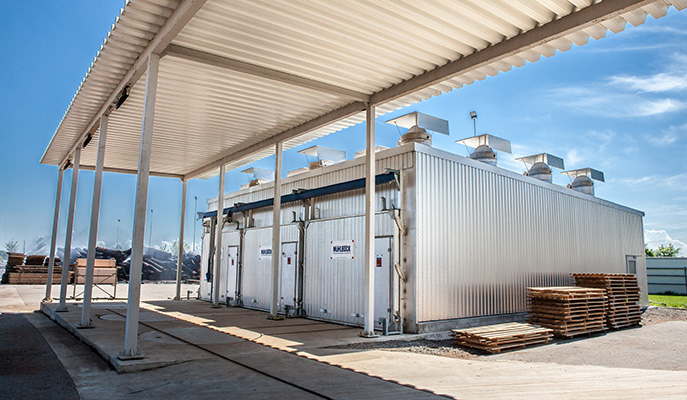

Drying
Once cut, the pieces of lumber or sheets of veneers need to be dried. This prevents decay and permits the wood to shrink as it dries out. Larger dimension pieces need more time and may be air-dried or kiln-dried, depending on the required moisture content of the finished piece. The better the drying process, the higher the quality of the final product, including fewer cracks and lower risk of discoloration.
Danzer’s long-standing expertise, together with the right equipment makes us the authority on drying hardwood, including difficult to dry, thick lumber.
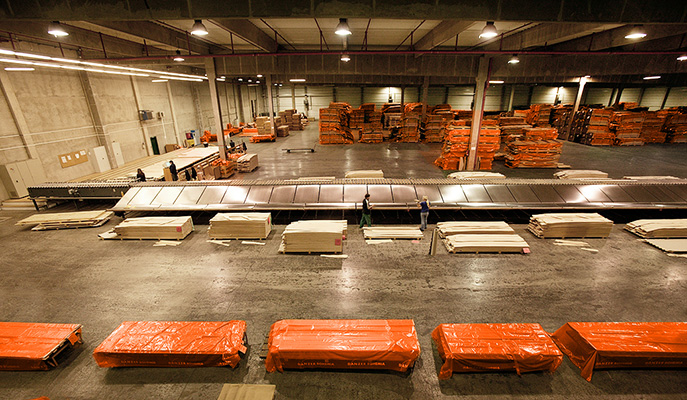
Grading and Sorting
Usually, the fewer knots and defects a primary hardwood product exhibits, the higher its grade is. Achieving a better grade might compete with creating a larger-dimensioned piece. Hence, decision making to maximize value can be complex.
Having a broad customer base with a diverse set of needs, allows a primary hardwood producer to bring each piece of wood to its best use.
Danzer sorts its output granularly with its customers' needs in mind. We utilize latest technology like scanners, optimizing software and well-thought out processes to maximize the value yield and deliver the best product for each customer.
Warehousing, sales and delivery
Some primary hardwood products are made to order and shipped directly; plenty are made to stock to be sold to a customer at a later time. Standard products can be specified easily and are often sold over the phone. For very specific needs, the traditional customer inspection of each board or bundle at the mill is still common.
Danzer stocks the large volumes and varied grade-mix that allow customers to find what they need. Its staff prepares and presents the material in a way that makes inspections efficient. For special projects, e.g. in interior architecture, Danzer’s customers like to bring their customers to our showrooms where the material is being presented adequately.
Danzer also defines customer-specific programs according to their requirement, which spares them the hassle to inspect: Danzer just picks the right material and ships it when needed.
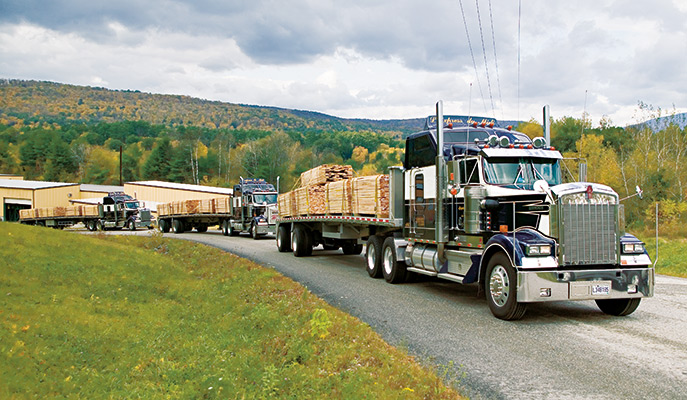

Warehousing, sales and delivery
Some primary hardwood products are made to order and shipped directly; plenty are made to stock to be sold to a customer at a later time. Standard products can be specified easily and are often sold over the phone. For very specific needs, the traditional customer inspection of each board or bundle at the mill is still common.
Danzer stocks the large volumes and varied grade-mix that allow customers to find what they need. Its staff prepares and presents the material in a way that makes inspections efficient. For special projects, e.g. in interior architecture, Danzer’s customers like to bring their customers to our showrooms where the material is being presented adequately.
Danzer also defines customer-specific programs according to their requirement, which spares them the hassle to inspect: Danzer just picks the right material and ships it when needed.




